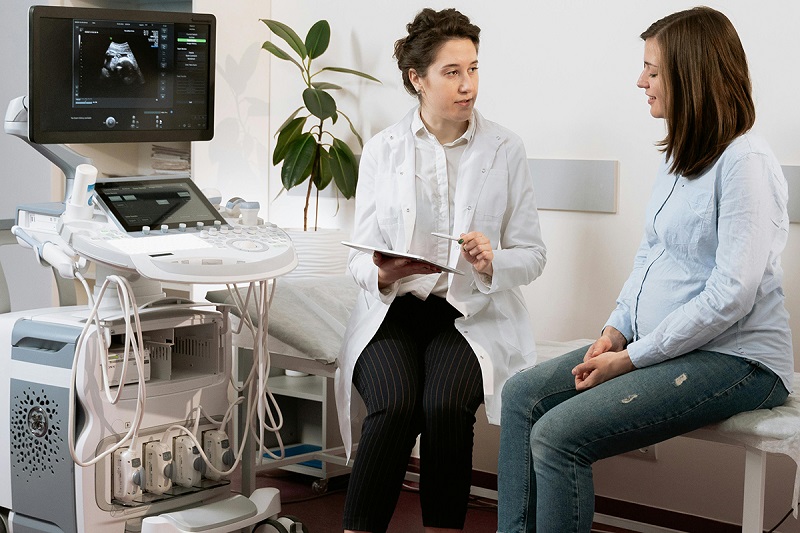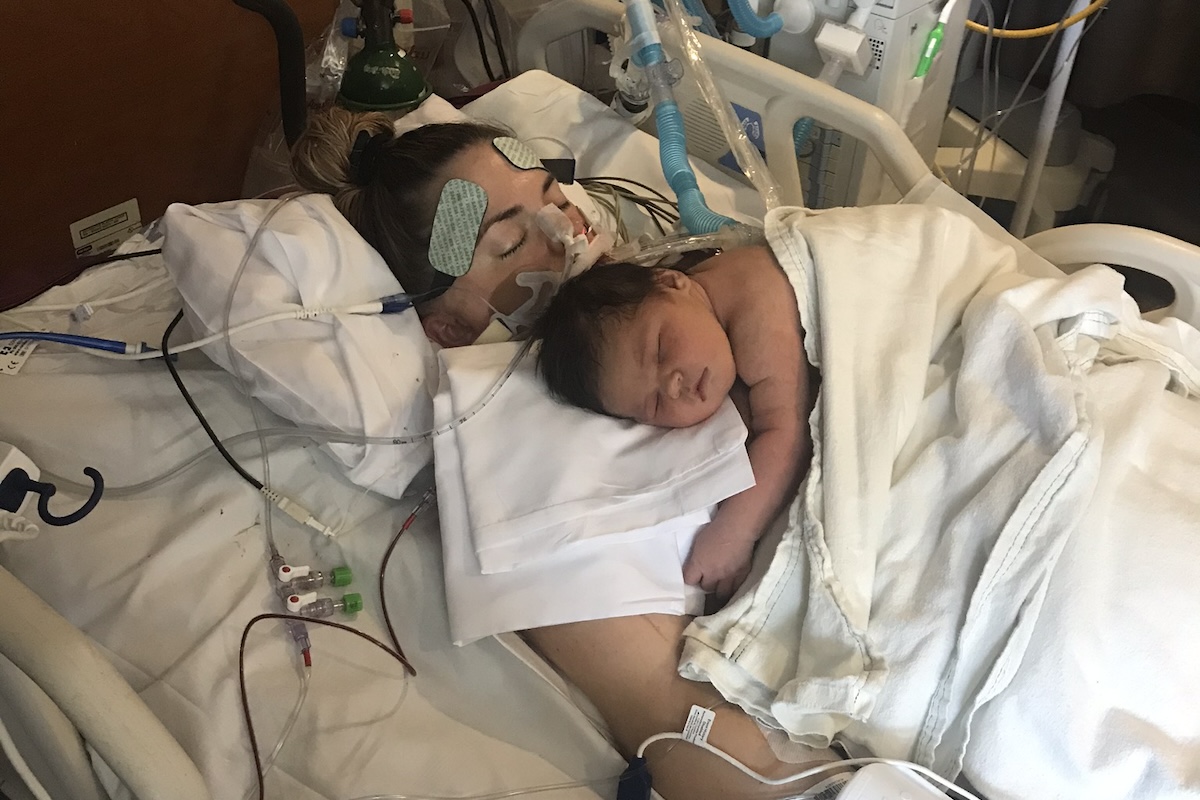I noticed Expecting Better only covers low amniotic fluid levels. Do you have any data on higher levels? I’m dealing with polyhydramnios (mild to moderate) and am so scared. There’s not a ton of conclusive information online, and anything I’ve looked up has made me more anxious.
–– Kate
First, I’m sorry this is happening and hope you are taking care of yourself as much as you can.
Polyhydramnios is a condition in which there is excess amniotic fluid (in contrast to oligohydramnios, which is not enough fluid). Polyhydramnios is generally classified as mild, moderate, or severe. Severe cases may cause maternal symptoms like shortness of breath; more mild cases aren’t likely to cause symptoms for you. The overall incidence is 1% to 2%.

Polyhydramnios is a complicated situation because the prognosis and treatment is dependent on why it is occuring. In about 40% of cases, the condition is idiopathic, basically meaning it seems to occur without any other reason. In the other 60%, it is associated with another fetal condition — for example, a genetic disorder (trisomy 18 or 21) or a fetal abnormality that impedes swallowing — or with a maternal condition (often, diabetes).
If this is diagnosed, your doctor is likely to do some repeat ultrasounds or screening to see if there is a detectable reason for the condition. If there is — if you’re in that 60% — then the focus will be on what to do about that underlying condition.
For idiopathic cases, there are some elevated risks, both to you and the baby. This includes preterm birth and neonatal complications like a low Apgar score. Although it’s very rare, stillbirth risk is elevated. I know this is scary, and I wish this answer could be more reassuring. The reassuring part is that your doctor knows this, and you’ll be monitored more carefully. There is no evidence-based treatment in these cases, but the hope is that monitoring could help doctors see if (for example) delivery is necessary.
Very best of luck.
Community Guidelines
















Log in
I had polyhydramnios and was so excited to see that Prof Oster was turning her data brain to this, but this headline and dek are pretty misleading given that the story basically just explains what poly is.
I don’t agree, as another person who had polyhydramnios during an already high risk pregnancy with twins. She lays out here pretty clearly via the data that there is no significant discussion on “just” poly because the reality is that it is so frequently idiopathic – and there is really nothing to be done besides monitor – and then when it’s not, the actual true concern is the underlying condition that caused it.